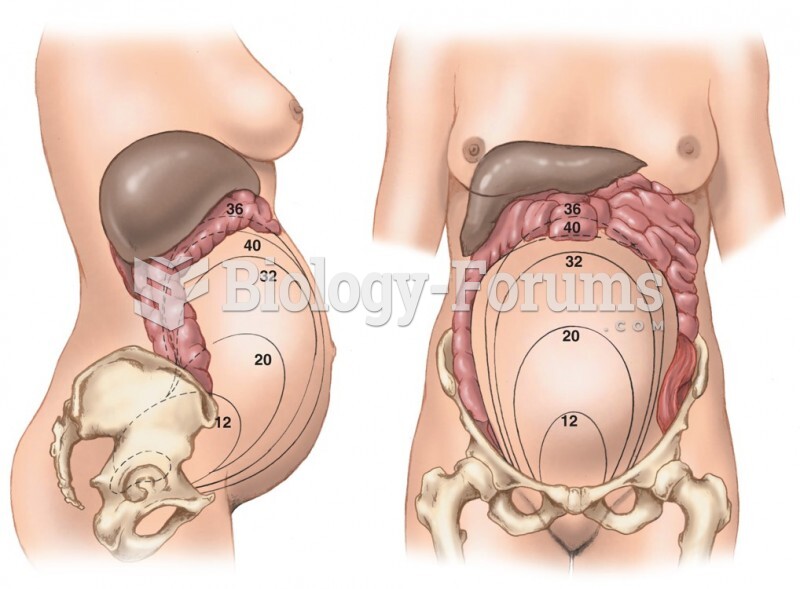|
|
|
Most childhood vaccines are 90–99% effective in preventing disease. Side effects are rarely serious.
The top five reasons that children stay home from school are as follows: colds, stomach flu (gastroenteritis), ear infection (otitis media), pink eye (conjunctivitis), and sore throat.
On average, someone in the United States has a stroke about every 40 seconds. This is about 795,000 people per year.
Patients who have undergone chemotherapy for the treatment of cancer often complain of a lack of mental focus; memory loss; and a general diminution in abilities such as multitasking, attention span, and general mental agility.
The toxic levels for lithium carbonate are close to the therapeutic levels. Signs of toxicity include fine hand tremor, polyuria, mild thirst, nausea, general discomfort, diarrhea, vomiting, drowsiness, muscular weakness, lack of coordination, ataxia, giddiness, tinnitus, and blurred vision.
 This 1795 engraving of a Stamp Act protest delineates a class division. The three British Tories—one
This 1795 engraving of a Stamp Act protest delineates a class division. The three British Tories—one
 Sociologists disagree about the relative significance of race and social class in determining social ...
Sociologists disagree about the relative significance of race and social class in determining social ...





